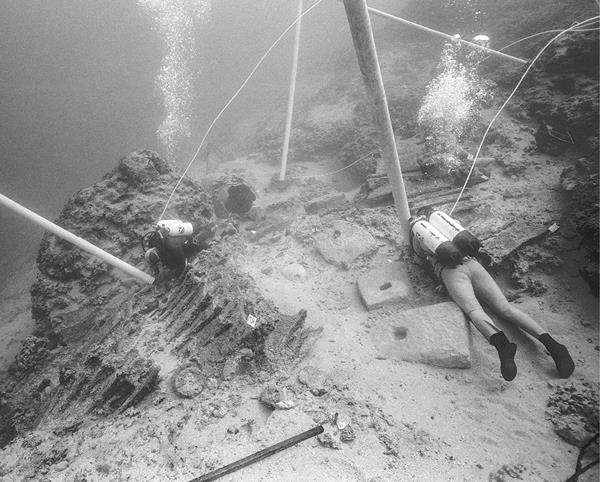
George F. Bass, who established the discipline of nautical archaeology, died on March 2, 2021, at the age of 88. During his first semester in graduate school at the University of Pennsylvania, his advisor, Rodney Young, offered George the opportunity to direct the excavation of a recently discovered shipwreck found underwater at Cape Gelidonya, off Turkey’s southern coast. George learned to dive at the local YMCA before heading out to the field.
The Gelidonya wreck sank c. 1200 B.C., at the seam between the end of the Late Bronze Age and beginning of the Iron Age. George’s 1960 excavation rewrote the manner in which archaeology addresses watercraft and seafaring of the past. It was the first excavation of an underwater shipwreck to conform to then-current terrestrial standards. George’s excavation report, which appeared in 1967, supplied new evidence for maritime commerce at that time and changed scholarly understanding of the dynamics of trade in that era.
Ships and seafaring were, and continue to be, pivotal to the story of humanity. Can one really imagine history without watercraft? Yet, until George’s Cape Gelidonya excavation, their archaeological study was largely ignored, and any interest in them can best be described in terms of salvage or treasure hunting. We owe a debt of gratitude to George for changing that.
As related in his 1975 book Archaeology Beneath the Sea, the early years were not easy. Scholars scorned George and his colleagues as jock divers. George won out, however. Today watercraft are studied scientifically “beneath the seven seas” (incidentally, the title of one of his many books) and beyond.
Already a library member? Log in here.
Institution user? Log in with your IP address.

